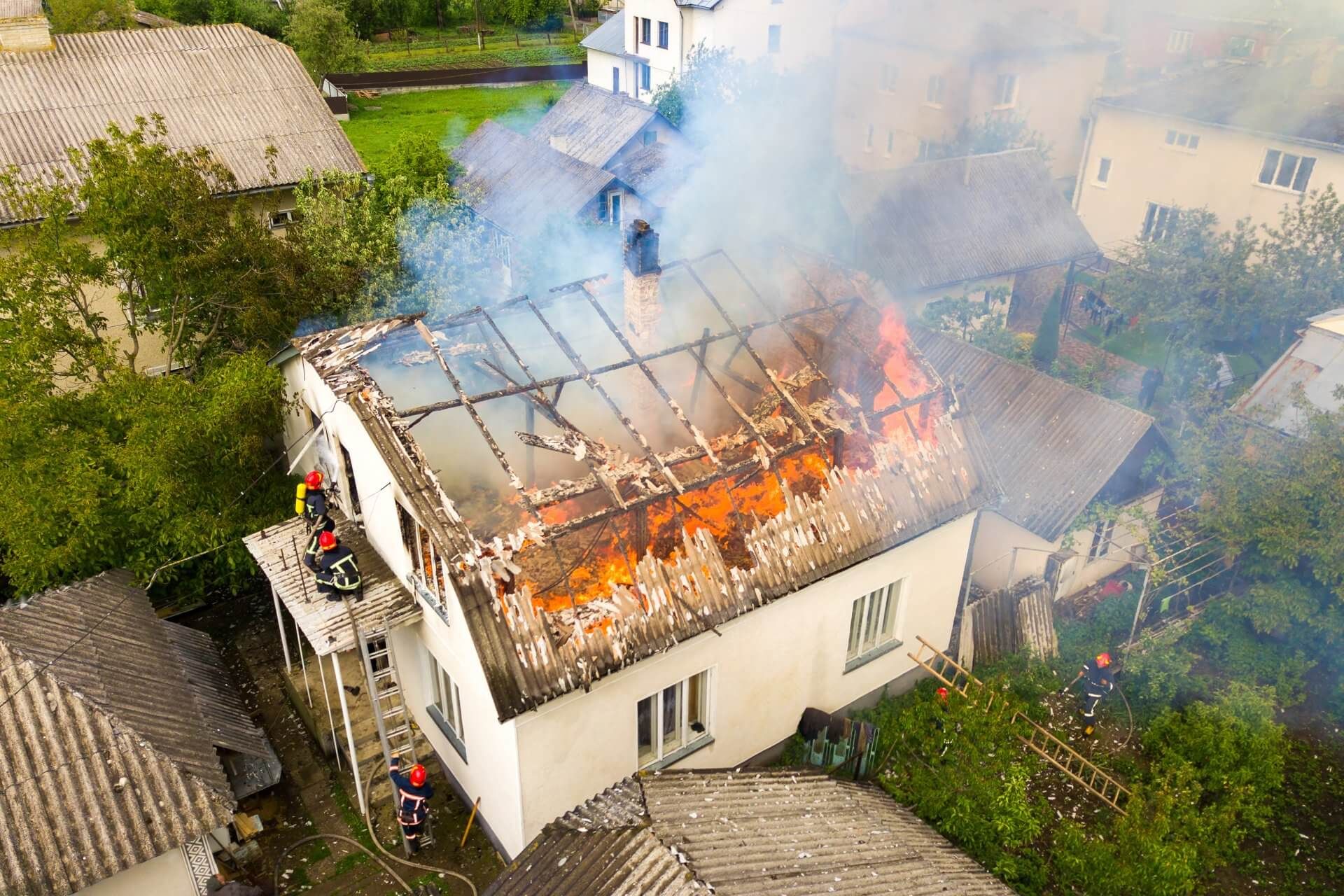What Most Property Owners Miss About the Aftermath of a Fire
When a fire devastates a home or business, the immediate aftermath is often the most intense and traumatic. Flames can cause severe damage to structures, furniture, and personal items. However, what many property owners fail to realize is that the damage doesn’t end when the fire is put out. In fact, the smoke and soot residue left behind can be just as destructive, if not more so—than the flames themselves.
The Hidden Cost of Smoke and Soot Damage
While the visible damage from flames is usually the first thing that comes to mind, smoke and soot contamination can cause long-term problems that are harder to detect. These issues may not be immediately noticeable, but they can have a significant impact on the property’s structure and indoor air quality.
1. Long-Term Contamination of Property
When a fire occurs, the heat and smoke can infiltrate walls, ceilings, and furniture, leaving behind soot that is difficult to remove. Over time, the buildup of smoke residue can cause ongoing damage to these materials. The long-term contamination can weaken structures and corrode surfaces, which might not be apparent until much later. This means that what initially seems like a manageable cleanup can become a much bigger issue, requiring costly repairs that homeowners may not have accounted for.
Soot contamination, in particular, can penetrate deep into fabrics, upholstery, and even electronics, damaging items beyond the point of repair. These types of damage are often ignored or underestimated by insurance adjusters, which is why they may not be fully compensated for in initial payouts.
2. Health Risks of Smoke and Soot Exposure
In addition to physical damage, smoke and soot deposits can pose serious health risks. Breathing in smoke particles can irritate the respiratory system and exacerbate pre-existing health conditions such as asthma or allergies. Long-term exposure to smoke residue can also cause further complications, particularly in children, the elderly, and those with compromised immune systems.
Homeowners may not realize the extent to which these health risks exist until symptoms begin to manifest, further adding to the cost of recovery. The long-term effects of inhaling these particles can lead to the need for medical treatment, which insurance companies rarely take into consideration when assessing a claim.
3. Fire Damage Claims Often Overlook Key Aspects
When filing a fire damage claim, many property owners may focus on the immediate destruction caused by the flames and miss out on the more subtle but costly effects of smoke and soot. This is where insurers tend to fall short in their assessments. Insurance adjusters are often focused on the most visible damage, neglecting the long-term contamination caused by smoke and soot. Without a professional assessment, these aspects can be overlooked, leading to underpayment or denial of critical components of the claim.
4. Hidden Structural Damage
While smoke and soot might seem like surface-level issues, they can have serious implications for the integrity of a building. The acidic nature of soot can corrode metal, glass, and electrical systems, causing damage that might not be immediately obvious. Over time, this can lead to costly repairs that go beyond cleaning up smoke residues. Structural issues caused by soot build-up are often difficult to spot without a detailed inspection, making it crucial for homeowners to bring in an expert for a thorough assessment.
Why Homeowners Need an Expert for Fire Damage Claims
Given the complexity of dealing with smoke damage claims, it’s vital for homeowners to enlist the help of a fire damage public adjuster. These professionals are skilled at identifying all aspects of damage, including the subtle yet costly consequences of smoke and soot accumulation. Here’s how a claim adjuster can assist:
1. Comprehensive Damage Assessment
A loss adjuster specializes in thoroughly evaluating all forms of damage, including the often-overlooked smoke and soot damage. They will ensure that every aspect of the damage is documented and appropriately valued. This helps guarantee that the homeowner isn’t shortchanged in their claim settlement.
2. Advocating for Fair Compensation
Insurance companies may downplay the extent of damage, especially when it comes to less visible issues like smoke contamination. A fire loss claim will advocate for the homeowner’s best interests, ensuring that all aspects of the damage are accounted for in the settlement. They are experienced in negotiating with insurance companies to secure a fair payout that reflects the full scope of repairs.
3. Ensuring Proper Cleanup and Restoration
The cleanup after a fire is more than just removing charred materials—it involves specialized restoration for smoke and soot. A fire damage claim adjuster can make sure that the homeowner receives proper compensation for this restoration, which may include cleaning air ducts, replacing contaminated fabrics, and repairing structural damage caused by soot.
4. Preventing Future Problems
Without proper cleaning and repair, smoke and soot can lead to lingering issues, such as persistent odors and degraded air quality. A public adjuster ensures that the cleanup goes beyond surface-level restoration, addressing long-term contamination that could cause further damage if left untreated.
The Importance of Timely Action
The longer property owners wait to address the issue of smoke and soot damage, the more complicated and costly it becomes to repair. Early intervention is critical to identifying hidden damage and ensuring that all aspects of the fire’s impact are accounted for. Property owners should work with a fire claims specialist from the start to ensure they don’t miss out on important claims components and receive the full compensation they deserve.
How Base Claims Helps Homeowners
At Base Claims, we specialize in helping homeowners navigate the complexities of fire damage claims. Our team of experienced public adjusters ensures that all forms of damage, including smoke and soot contamination, are properly identified and accounted for. We work to maximize your settlement, so you can recover and restore your property without the burden of underpayment or overlooked damage.







